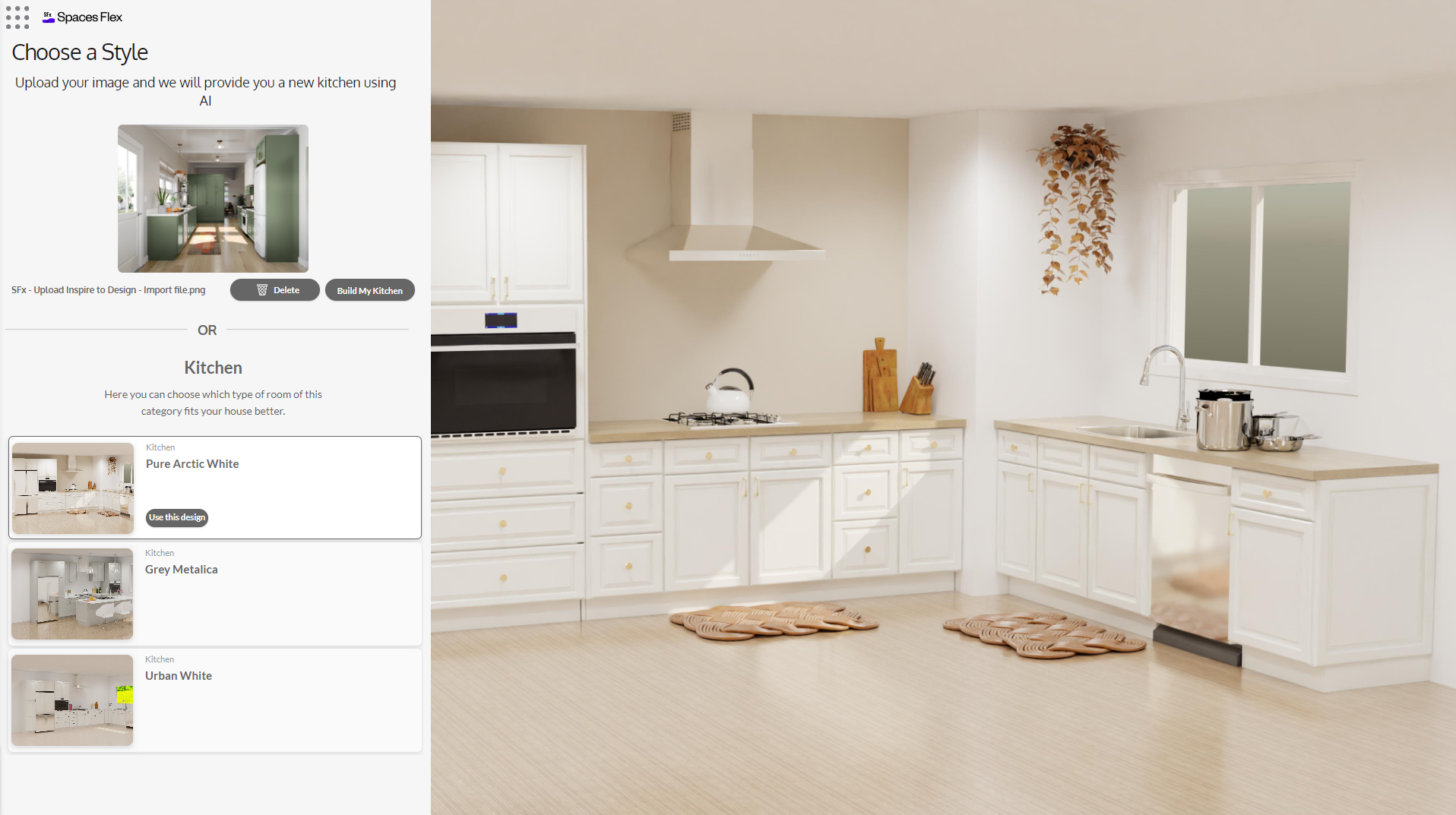Types of interior design: 10 popular styles every designer should know
Cuisine

Vanessa Dekoekkoek

As an interior designer, understanding the various types of interior design styles is crucial for meeting the diverse needs of your clients. Many clients may not know the exact style they want, so your expertise in identifying and applying different design styles is essential. This guide will walk you through 10 popular interior design styles, helping you recognize and implement the perfect style for any project.
1. Modern design
Modern design stems from the Modernism movement that emerged in the 1920s. It is often confused with contemporary design but is distinct in its focus on clean lines, simple forms, and the principle that "form follows function." This style often features materials like wood, metal, and glass, with a monochromatic, neutral, and earthy color palette. Furniture in modern design is typically sleek, with exposed legs and minimal adornment.
2. Traditional design
Traditional design draws inspiration from classic European styles, offering a sense of comfort, familiarity, and predictability. It is characterized by rich wood tones, elegant furniture with intricate details, and a warm color palette that includes gold, silver, and dark hues. Symmetry, columns, and detailed woodwork are hallmark features of traditional interiors.
3. Contemporary design
Contemporary design is fluid and ever-evolving, reflecting current trends. Unlike modern design, which has a set definition, contemporary style adapts to the present time. It emphasizes simplicity, sophistication, and clean lines. Light woods, stainless steel, and glass are common materials, while the color palette includes browns, taupes, creams, and blacks.
4. Industrial design
Industrial design is inspired by the industrial age, celebrating raw materials like weathered wood, metal, brick, and concrete. This style is perfect for lofts and open spaces but can be adapted to other settings as well. The industrial style features neutral shades, a mix of wood and metal furniture, and an overall uncluttered and functional aesthetic.
5. Transitional design
Transitional design blends the best of traditional and contemporary styles, offering a balanced mix of comfort and sleekness. This style focuses on texture and material rather than bold colors, with a neutral palette of browns, taupes, and grays. Furniture often combines curves with straight lines, and spaces are lightly adorned with clean lines.
6. Rustic design
Rustic design brings the outdoors inside, emphasizing natural and earthy elements. It’s a popular choice for cottages, townhouses, and even urban homes. Rustic interiors feature materials like wood and stone, with a color palette of browns, greens, and golds. Distressed wood, leather, and rough edges are common in rustic furniture, creating a warm and inviting atmosphere.
7. Bohemian design
Bohemian design is perfect for clients with a carefree lifestyle who love vibrant colors, vintage furniture, and a layered look. This eclectic style embraces a mix of beauty, chaos, and culture, often incorporating accessories from travel or flea markets. Bohemian interiors are colorful and crowded, with various textures and patterns creating a unique and personalized space.
8. Minimalist design
Minimalist design is all about simplicity and the philosophy that less is more. It involves fewer furniture pieces, less clutter, and a focus on space. The minimalist style uses materials like glass, wood, marble, and metal, with a monochromatic color scheme dominated by whites, blacks, and grays. Spaces are clean, uncluttered, and filled with light, emphasizing calm and spaciousness.
9. Hollywood Regency design
Hollywood Regency style, which dates back to the 1930s, is synonymous with glamor, opulence, and boldness. It’s ideal for clients who love to entertain and embrace a luxurious lifestyle. This style features rich materials like glass, mirror, and metal, with a bold color palette of purples, reds, and golds. Furniture is plush and often Victorian-inspired, with dramatic accessories that create a statement.
10. Scandinavian design
Scandinavian design originates from the Nordic countries and emphasizes natural and artificial lighting to create a bright, clean space. Similar to minimalist design, Scandinavian style values function, simplicity, and clean lines. Common materials include wood, plastic, and metal, with a color palette of whites, blacks, grays, and browns. Spaces are clutter-free and minimal, with an emphasis on natural light and light-colored flooring.
By familiarizing yourself with these 10 types of interior design styles, you can better understand and meet your clients' design preferences. Each style offers unique characteristics that can be tailored to create beautiful and functional spaces that resonate with your clients’ tastes and lifestyles.
Turn your design ideas into reality. Find the right solutions for every style you love. Click to learn more!
Blogs associés

Comment l'IA de Cyncly transforme la conception et la vente de cuisines
Cyncly fait progresser l’IA pour la conception de cuisines et de salles de bains avec Spaces Flex Inspire Image-to-Design.

Créer une culture d'amélioration continue pour les cuisinistes
Découvrez l'importance d'une culture d'amélioration continue pour les détaillants de cuisines et apprenez comment favoriser une telle culture pour atteindre l'excellence opérationnelle, avec des exemples d'améliorations significatives.

Cinq façons pour les grands distributeurs de se démarquer sur le marché concurrentiel de la cuisine
Wynn Grubbs présente cinq façons pour les grands distributeurs de se démarquer sur le marché concurrentiel de la cuisine. Ces approches impliquent l'adoption de technologies et de stratégies qui favorisent l'innovation, l'engagement des consommateurs et l'efficacité opérationnelle, sans augmenter de manière significative leurs coûts d'exploitation.